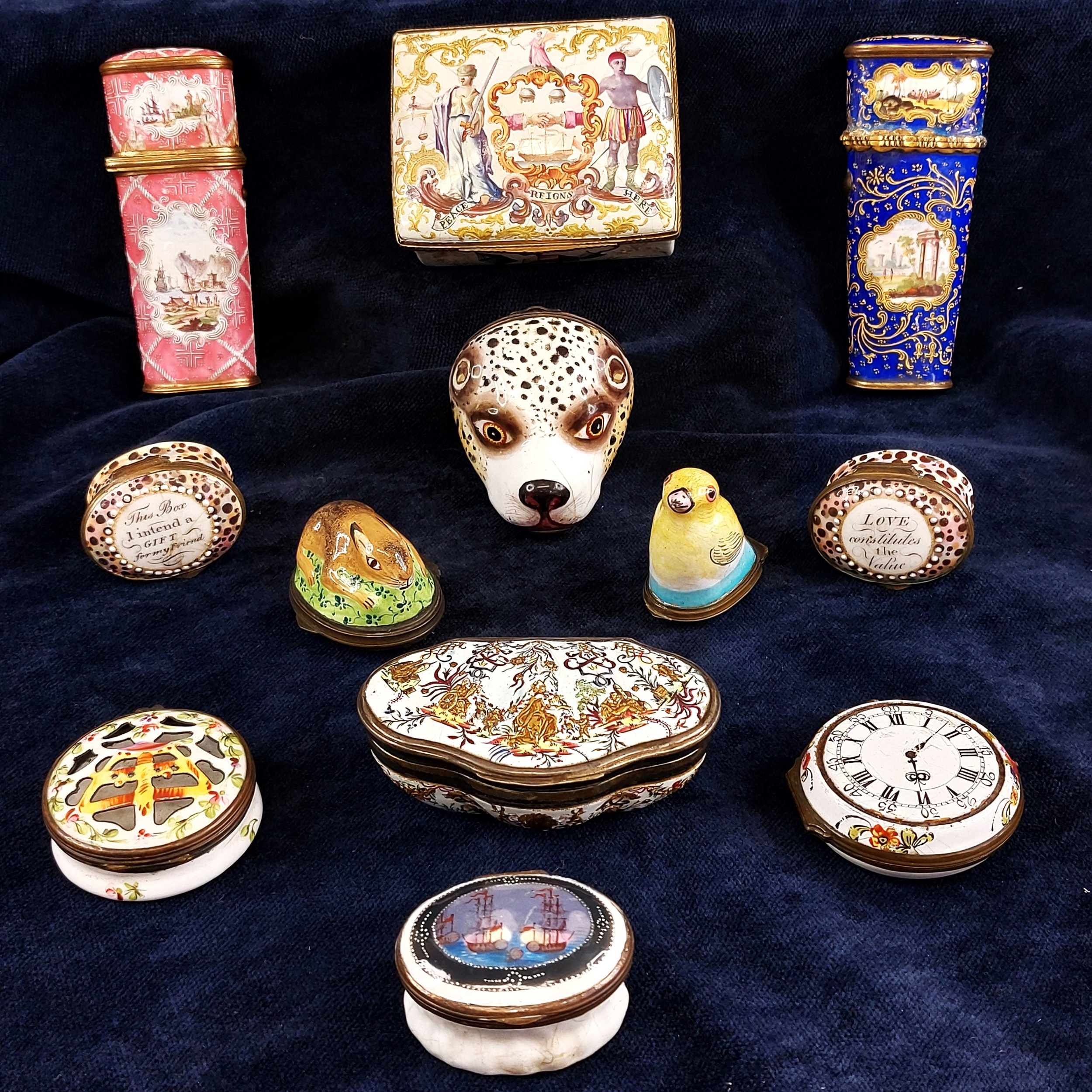London's Burning?
London's Burning? Not with this baby around!
Lot 5 in our 19th November Toys & Collectors Models auction is this circa 1880 Shand Mason Hose Cart. Estimate £1000-1500. It has been fully restored and finished in red, black and white, very well detailed with Fire Brigade name boards to sides. Sold with a large quantity of tools, spares and fittings.
'Squirts' or fire syringes have been recorded since before Ctesibius of Alexandria invented the first known fire pump around the 2nd century B.C.E. But their use in Europe went unrecorded until the 16th century when they were reportedly used in Augsburg in 1518. A book of inventions written in 1655 by Edward Somerset (later Marquis of Worcester) mentions a steam engine (called a fire engine) pump used to "raise a column of water 40ft", but it is unknown whether it was portable.
The London Fire Brigade was established in 1833, bringing together various ad-hoc departments and fire insurance companies which had sprung up in the wake of the 1666 Great Fire of London. By the 18th century, several companies become established producing hand-powered pumps attached to a cistern, which were originally carried to the fire by men or dragged on skids.
Shand Mason & Co were established in 1774 by James Shand and Samuel Mason on Blackfriars Road, London. They exhibited in the 1851 Great Exhibition where they won a first class medal for one of their fire engines. The following year Shand Mason & Co. were commissioned by the London Fire Engine Establishment (the forerunner of the Fire Brigade) to apply steam power to one of the existing floating hand-worked fire engines on the Thames. Although the first land steam fire engine was constructed by Braithwaite in 1830, its recognition in London as a valuable fire brigade appliance did not take place until the success of this commission. Their product went into use in 1855 and was in constant use until 1890.
Many more commissions followed from private individuals and fire-fighting establishments around the world. The awards kept coming too, from competitions and exhibitions as far flung as Dublin (1865), Paris (1867), Moscow (1872), Melbourne (1880), and Japan (1910). On-going competition was provided by Merryweather & Sons, which ensured the engines evolved over the years, so that the fire engines progressed through steam, horse-drawn, coal and gas.
By the start of the 20th century, the internal combustion engine revolutionised motor vehicles, and the age of steam was at an end.
Several examples of Shand Mason fire-fighting pumps and carts survive in a number of museums and private collections. Many large country houses had their own fire pump, which were kept until mains water supplies and modern fire engines became common after WWII.
The 19th November auction will also include live steam traction engines, locomotives and tenders, a large collection of Corgi toys, as well as Matchbox, Hornby, Dinky, Britains, tinplate toys, Star Wars, Railwayana, and general juvenalia.
The full catalogue can be viewed here, with live bidding via thesaleroom.com



